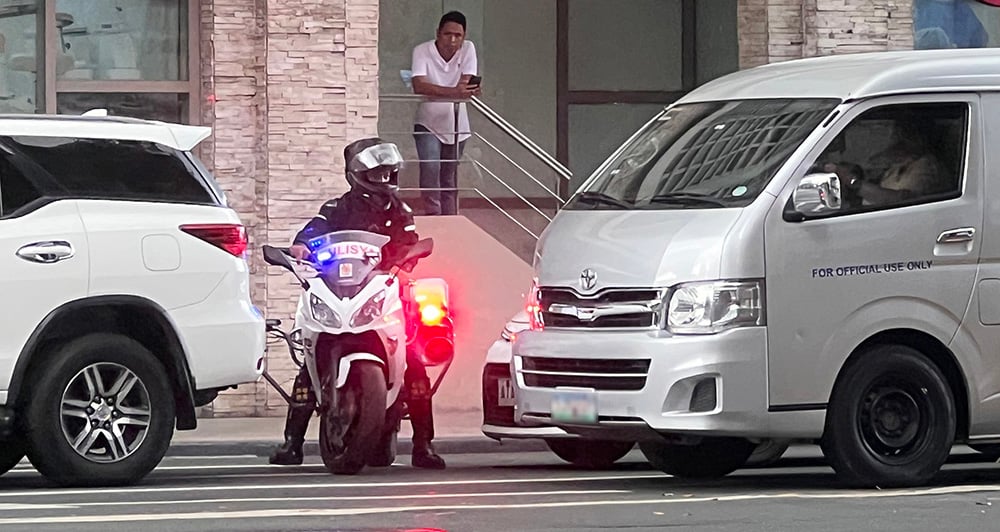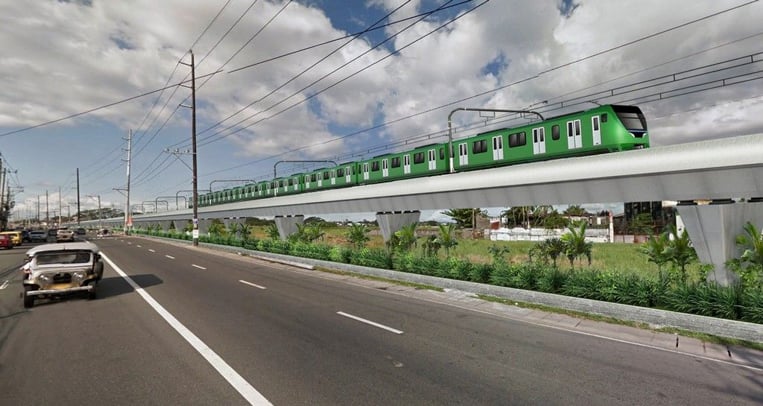
To cap off its Active Transport Week, the Move As One Coalition (MAO) held its #BetterbyBicycle Bike Ride along EDSA last July 2 in collaboration with AltMobility PH, Tipaklong Sustainable Mobility, the Department of Health, and the Metropolitan Manila Development Authority.
The objective was to assess the condition of the bike lanes along EDSA while also giving beginners the opportunity to experience the roads themselves.

In the early stages of the pandemic, multitudes of people found themselves with no way to travel as public transportation was temporarily suspended.
In light of this, MAO was formed in May 2020, composed of 140 organizations and over 77,000 individuals working toward “a safer, more humane, and more inclusive public transportation system in the Philippines.”
With the surge of cycling, bike lanes were introduced on major roads like EDSA. However, how’s it like actually traversing these?




Beginning at the People Power Monument, the group went along northbound EDSA until Santolan, where it made a U-turn and headed down south until Ayala Avenue.
After making another U-turn, the cyclists went back north before turning right on Ortigas and then left on Julia Vargas, before finally converging at The Grounds in Ortigas East near Tiendesitas.



Although we’ve biked along EDSA individually before, being with such a large and diverse group of cyclists gave us more insight.
To begin with, the bike lanes aren’t even wide enough as the DPWH’s guidelines require a minimum width of 2.44m (for a one-way bike lane) so cyclists can overtake or travel side-by-side without having to leave the lane.
However, the reality is far from that, which is why other users had to stay out of the bike lanes as the group was moving at a slow pace.



Another problem was the lack of protection. The point of bike lanes is not to cage cyclists inside, but to keep motor vehicles out. Simply painting over the road isn’t going to make it safer.
To make things worse, the lanes are usually filled with obstructions and obstacles (parked cars, drainage or potholes).
Because of all these, there are times when staying outside the bike lane is the safest option for cyclists, so please don’t crucify them when they’re really just trying to stay alive on the road.



While it’s good that there are bike lanes now on EDSA, there’s still room for improvement especially if we want more people to ditch private cars in favor of cycling.
At the end of the grueling ride, the cyclists converged at The Grounds (Ortigas East) where they got to process what had just happened and unwind with the ongoing festivities of “Pasig Bike City.”


A Colombian politician named Gustavo Petro once said: “A developed country is not a place where the poor have cars. It’s where the rich use public transportation.”
This quote is well-known, but it rings even louder here in the Philippines where commuters spend hours waiting for a ride while motorists get stuck in traffic amid rising fuel prices.



Whereas developed countries prioritize public transportation and active transport over private cars, the opposite is the case in Metro Manila to the detriment of everyone.
Not everyone can afford his/her own car nor would that be good for society, which is why there’s a need for LGUs to proactively support alternative modes of transportation.

Not only is cycling efficient, but it also leaves little to no negative impact on society.
Bicycles don’t take up as much space on the road nor do they emit pollution. They don’t go as fast and are much lighter than motor vehicles, so they don’t pose as much of a threat to pedestrians.
With the rise of cycling due to the pandemic, a lot has improved as there are now bike lanes on major roads. But more work still needs to be done. Hopefully, more LGUs will actively promote alternative forms of mobility so everyone can get around safely.











Comments